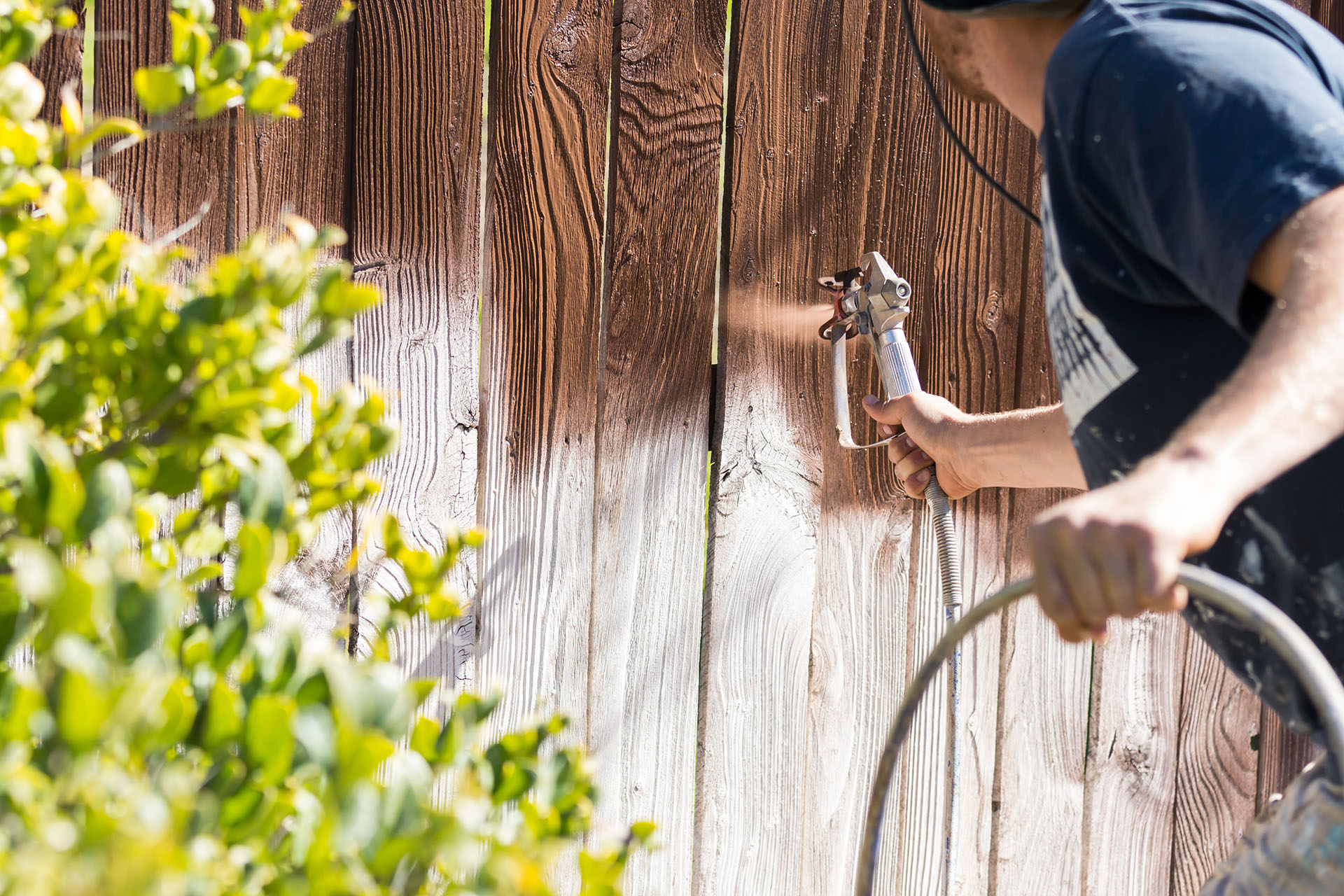Just How to Accomplish Specialist Outcomes With Deck Discoloration
The procedure of transforming an aging deck right into a rejuvenated exterior space needs much more than just a coat of tarnish; it demands a methodical approach and focus to detail. From selecting the proper discolor for your deck's timber type to grasping the application strategy, each step plays an important role in the final end result.
Selecting the Right Spot
Selecting the suitable discolor for your deck is an essential choice that substantially influences the total look and long life of the finish. When choosing a stain for your deck, it is crucial to consider both the visual choices and the useful aspects of the product. Strong shade spots, on the other hand, offer the most UV defense and use a wide variety of shade options yet will entirely conceal the timber grain.

Furthermore, think about the sort of timber your deck is made from, as various discolorations are formulated to function best with details wood types. Recognizing the level of maintenance you are ready to commit to is additionally important, as some spots might need even more constant reapplication than others. By very carefully thinking about these variables, you can choose a discolor that not only enhances the appearance of your deck however likewise safeguards it for years to find.
Preparing the Deck Surface Area
When considering deck discoloration, the preliminary step in the direction of accomplishing professional outcomes entails extensively preparing the deck surface. Effectively preparing the deck surface area is important as it makes sure that the tarnish sticks well and provides durable defense to the timber.
Sanding the deck surface area is additionally important to smooth out any harsh locations and open up the timber pores for much better discolor penetration. Use a medium-grit sandpaper to sand the deck in the instructions of the wood grain.
Last but not least, shield any close-by plants, furnishings, or surfaces from prospective damage by covering them with plastic sheet or ground cloth. Making the effort to completely prepare the deck surface establishes the structure for a successful staining task and guarantees professional-looking outcomes.
Using the Stain
To achieve an expert surface when staining a deck, careful application of the tarnish is necessary. Apply the tarnish evenly, complying with the timber's grain to enhance the deck's natural elegance. By applying the discolor meticulously, you'll attain a professional-looking surface that improves both the appearance and durability of your deck.
Ensuring Proper Drying Out Time
Guaranteeing ample drying out time post-staining is critical to the overall success of the deck job, as it allows the discolor to effectively establish and bond with the wood surface area. As a basic guideline, many deck stains will certainly require at the very least 24-48 hours to completely dry fully.
During this imp source drying out period, it is necessary to keep the deck surface area cost-free from any foot web traffic, furniture, or various other items that may interrupt the surface. Taking the time to make sure detailed drying out will certainly contribute dramatically to the durability and look of your tarnished deck.
Preserving Your Tainted Deck
Appropriate maintenance of a discolored deck is important for preserving the integrity and look of the finish accomplished with complete drying. To maintain your tarnished deck efficiently, routine cleaning is necessary.

Final Thought
In conclusion, achieving specialist outcomes with deck staining includes selecting the Resources suitable tarnish, effectively preparing the deck surface area, using the discolor uniformly and constantly, permitting enough drying out time, and preserving the stained deck routinely. By complying with these actions carefully and attentively, you can guarantee a perfectly stained deck that improves the look and longevity of your outdoor room.

Appropriate maintenance of a stained deck is essential for maintaining the honesty and look of the surface achieved via complete drying.